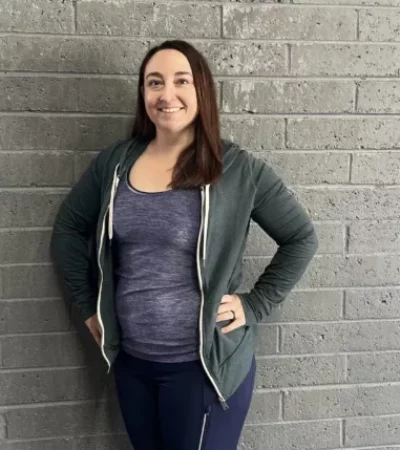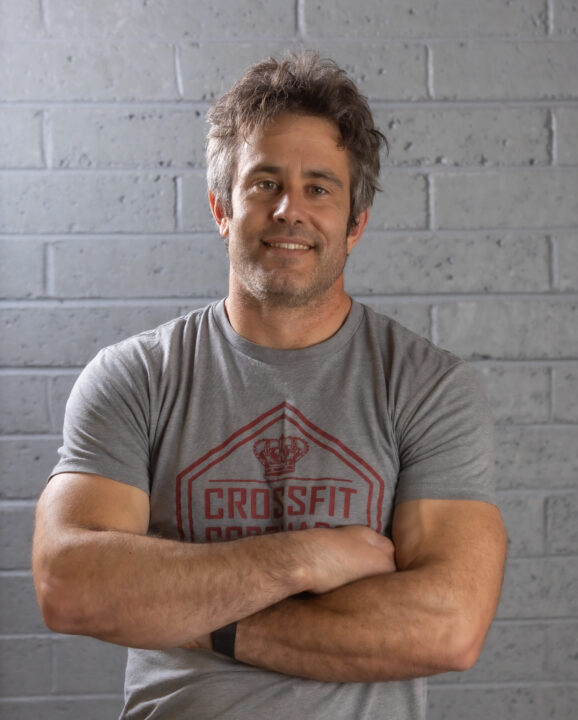By: Clint Russell, DPT
A lot of people ask about warm ups and why we do things the way we do. I thought I’d take the time to explain the purpose behind our warmups. Mobility is used as a catch all term, but there is much more than that that needs to be addressed during the warmup. Also, mobility is not usually the problem with most peoples movement, or its just one piece of something very complex. We are going to start a monthly mobility class that will help people develop an individual plan for specific mobility to hit pre/post WOD that is catered to their individual needs/weaknesses/issues.
As I mentioned above, we are trying to fix a lot more than just mobility. Lets first define some terms.
Mobility-generally refers the joint. This is know as accessory motion and it refers to there being adequate space within the joint for motion to occur properly. For my shoulder to flex, the humeral head must glide posterior and inferior (back and down). In order for motion to occur, there must be adequate room in the joint capsule to allow for the humeral had to move back and down for normal shoulder flexion to take place.
Flexibility is muscle length. Does the tissue have adequate length to get into proper position. Increasing mobility and flexibility increases range of motion (ROM). This is great, but we lack control with this new ROM. After we gain the range, we need to train the range. This is where stability and neuromuscular control come in.
Stability- this can be passive or active. Active stability is the ability of the musculature to control motion throughout range. It is possible for a joint to be hypermobile but stable. Passive stability refers to the inert structures such as bones and ligaments. Everyone has seen or heard the coach talk about active shoulders, breaking bar overhead, make your neck disappear, etc on overhead squats or presses. This places the shoulder in closed packed position, where there is maximum congruency between the joint surfaces, allowing for the greatest amount of passive and active stability overhead.
Neuromuscular control-is the muscles actively firing when they are supposed to do so. Can a person fire from their glutes when they squat, can they maintain a good externally rotated position overhead etc. We address this with drills/cues to encourage activation. Such as holding positions, practicing the movement patterns with a pvc or empty bar, or using a mini band to force the hip abductors(glutes) to fire.
With most people, it is stability and neuromuscular control that are most limiting. A perfect example is when someone’s back is rounding below parallel during a squat. How do we address this in a group setting? Well, that banded warmup we do that makes everyone’s butt explode, lat lunge, holding positions, say every:15/4min with a plate… All of these things address each of the above areas.
A huge problem in general is that we sit entirely too much (outside the gym). Stretching tight muscles is not enough, in that it only addresses one of the above areas. If we focus more on activation, we get whats called reciprocal inhibition. By contracting the antagonist to a tight muscle (the opposite muscle group to what’s tight – example squeeze your butt during the couch stretch), the muscle spindle shuts down the stretch reflex, causing it to lengthen. Holding positions in the PT world is know as muscle energy. This is the use of isometrics to affect joint accessory motion.
Active movements also improve coordination, or control. By drilling the positions with an empty bar you get a feel for what right is and develop body awareness for that specific movement pattern. A great example of this would be the snatch press into the overhead squat. It’s a difficult movement. By forcing you to move slow you develop body awareness throughout the entire movement, activating proper musculature and preparing to system to lift heavier loads.
During a regular class we often do a windmill with a pvc pipe, and follow it up with single arm OHS. This forces a person to hold proper position, and contract throughout their ROM. The windmill, if done properly, addresses all of the above areas in some amount. The single arm OHS challenges the new range of motion gained. This has tremendous carryover to proper movement in overhead lifting.
If you have any questions about the warm ups, ask me! Take advantage of open gym times to seek out coaches for help with mobility/stability and how to get the most bang for your buck. Look for some group mobility seminars coming to CFC soon!
1. Chase, Lisa. PHT 5 234 C 002- General Therapeutic Exercise I. 2015. University of St. Augustine 1 University Boulevard St. Augustine, FL 32086.







